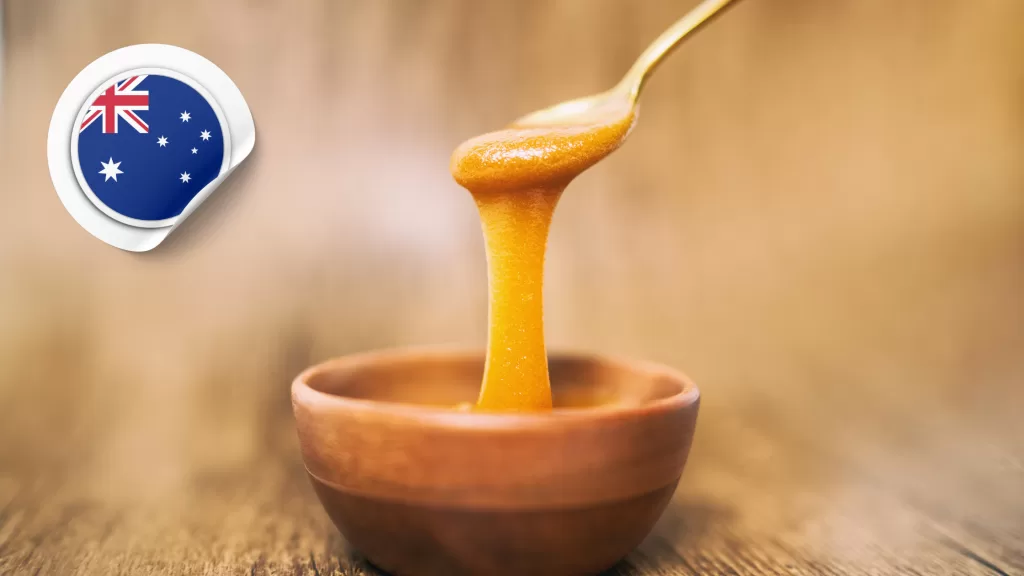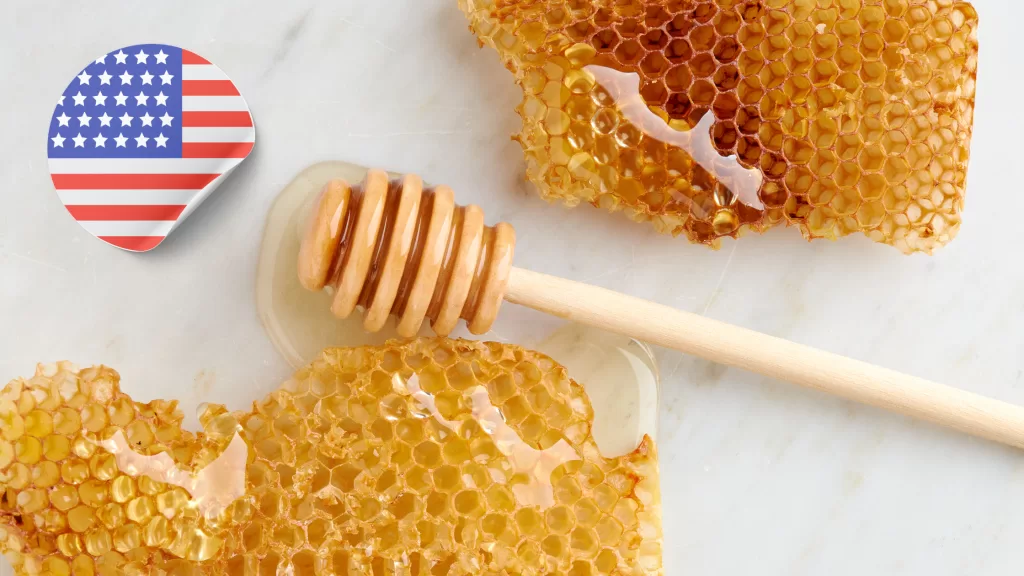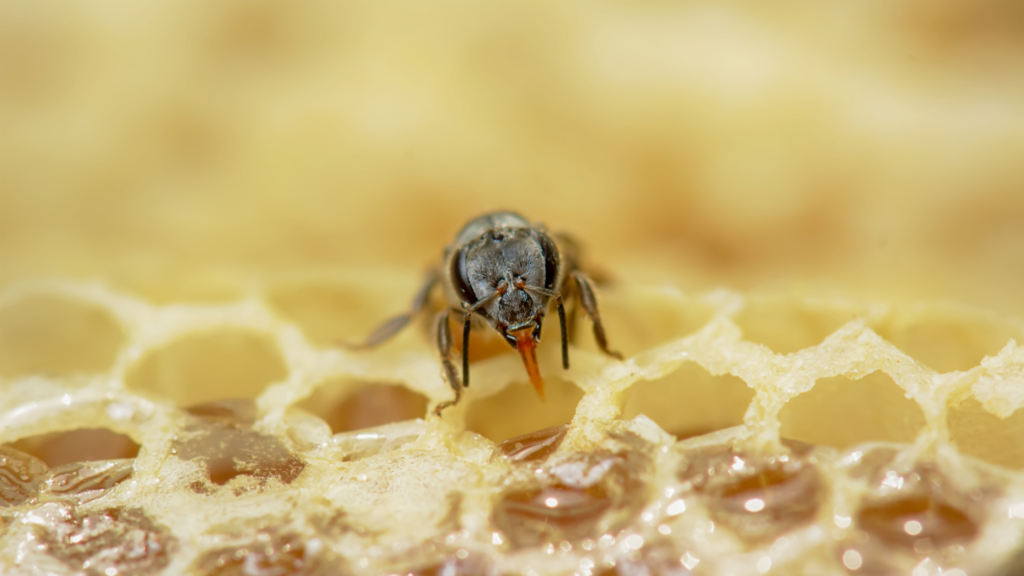Honey Bee Communication
Honey Bee Communication: Unveiling the Intricate Ways Bees Collaborate and Communicate in a Hive
Within a honey bee hive, thousands of bees work together in perfect harmony, exhibiting remarkable communication skills to maintain the hive’s organization, coordinate tasks, and ensure the collective success of the colony. Through intricate dance patterns, pheromones, and other forms of communication, honey bees convey crucial information that guides their foraging, reproductive processes, and defense strategies. In this article, we will explore the fascinating world of honey bee communication and delve into the ways bees work together to accomplish complex hive activities.
Honey Bee Communication:
One of the most remarkable forms of honey bee communication is the waggle dance. Worker bees perform this intricate dance to communicate the location and quality of food sources, particularly nectar and pollen-rich flowers. Key aspects of the waggle dance include:
- Figure-eight Pattern: The waggle dance involves a figure-eight pattern on the surface of the honeycomb. The direction and angle of the dance relative to gravity indicate the direction and distance of the food source from the hive.
- Intensity and Duration: The intensity and duration of the waggle dance convey the quality and abundance of the food source. A more vigorous and prolonged dance indicates a richer and more desirable food source.
- Transfer of Information: Worker bees observing the dance sense the movements and interpret the information encoded in the dance, allowing them to navigate and locate the food source accurately.
Honey bees rely on pheromones, chemical signals, to communicate within the hive. These chemical messages help coordinate various tasks and maintain colony cohesion. Some essential pheromones used by honey bees include:
- Alarm Pheromone: When a honey bee detects a threat or perceives danger, it releases an alarm pheromone that alerts other bees in the vicinity. This communication prompts an immediate defensive response from the colony.
- Queen Pheromones: The queen bee releases specific pheromones that establish her presence, maintain reproductive suppression among worker bees, and regulate the overall unity and productivity of the colony.
- Forager Pheromones: Foraging bees release pheromones upon returning to the hive with nectar or pollen, signaling the availability of food. These pheromones stimulate other workers to begin foraging activities.
Bees also engage in tactile communication, using physical contact to convey information and coordinate hive activities:
- Trophallaxis: Trophallaxis is a process where bees share food with each other by passing it mouth-to-mouth. This behavior enables the transfer of important nutrients, pheromones, and other chemical signals throughout the colony.
- Grooming and Cleaning: Bees groom and clean each other, removing dirt, debris, and parasites from their bodies. This behavior helps maintain hygiene within the hive and promotes a healthy and disease-free environment.
Honey bees exhibit collective decision-making processes when selecting and evaluating potential new hive locations:
- Swarm Communication: When a colony becomes crowded, a group of bees, including the old queen, leaves the hive in a swarm. Scout bees search for suitable locations for a new hive and return to communicate their findings through dance and pheromones. The collective decision-making process ensures the swarm selects the most optimal site for their new home.
- Consensus Building: Through repeated exchanges of information and evaluation of options, the colony builds a consensus on the preferred location. This collaborative decision-making process ensures the survival and success of the swarm.
Honey bee communication is a marvel of intricate behaviors and signal exchanges that allow bees to work together as a unified and efficient superorganism. From the waggle dance that conveys foraging information to pheromones that coordinate hive activities and collective decision-making processes, bees demonstrate a sophisticated system of communication. Understanding the intricacies of honey bee communication enhances our appreciation for their remarkable social structure and underscores the importance of protecting and preserving these invaluable pollinators in our ecosystem.
More From The Hive:

A Comprehensive Guide to Australian Honey: Types, Production, and Benefits
Australia is home to some of the world’s finest honey, known for its unique flavors, exceptional quality, and health benefits. Thanks to its diverse flora and pristine natural environment, Australia produces honey that reflects the rich biodiversity of its landscapes. Whether it’s the famous Manuka honey from the Leptospermum trees

An In-Depth Guide to Honey in the United States of America (USA): Types, Production, and Benefits
Honey, one of nature’s sweetest treasures, has been an integral part of human diets and cultures for thousands of years. In the United States of America (USA), honey production is not only a thriving industry but also a testament to the country’s diverse ecosystems. From the tropical blossoms of Florida

The Small Honey Bee (Apis florea): A Comprehensive Guide to One of Nature’s Tiny Pollinators
The Small Honey Bee, scientifically known as Apis florea, is one of the lesser-known species of honey bees, yet it plays a vital role in the ecosystems of Asia and parts of the Middle East. Despite its size, the Apis florea bee is a remarkable pollinator, and its unique biology

Exploring the Sweet Diversity of Canadian Honey: A Guide to Types and Flavors
Canada is home to a rich tapestry of landscapes and climates, each contributing to the unique flavors and types of honey produced across the country. From the prairies of Alberta to the forests of British Columbia, Canadian honey reflects the diverse flora that bees visit. In this blog, we will

The Rock Honey Bee (Apis laboriosa): Guardians of the Himalayan Honey
The Rock Honey Bee (Apis laboriosa) is an awe-inspiring species that thrives in the rugged landscapes of the Himalayas, where it builds massive nests on vertical cliffs. Known for producing highly prized wild honey and for its ability to endure extreme mountain conditions, this bee species has captivated researchers, beekeepers,

The Giant Honey Bee (Apis dorsata): Nature’s Fearless Honey Maker
The Giant Honey Bee, scientifically known as Apis dorsata, is a remarkable species native to South and Southeast Asia. Known for its impressive size, bold temperament, and incredible honey-producing capabilities, this bee plays a crucial role in the ecosystem and supports human livelihoods. Despite its importance, the Giant Honey Bee
